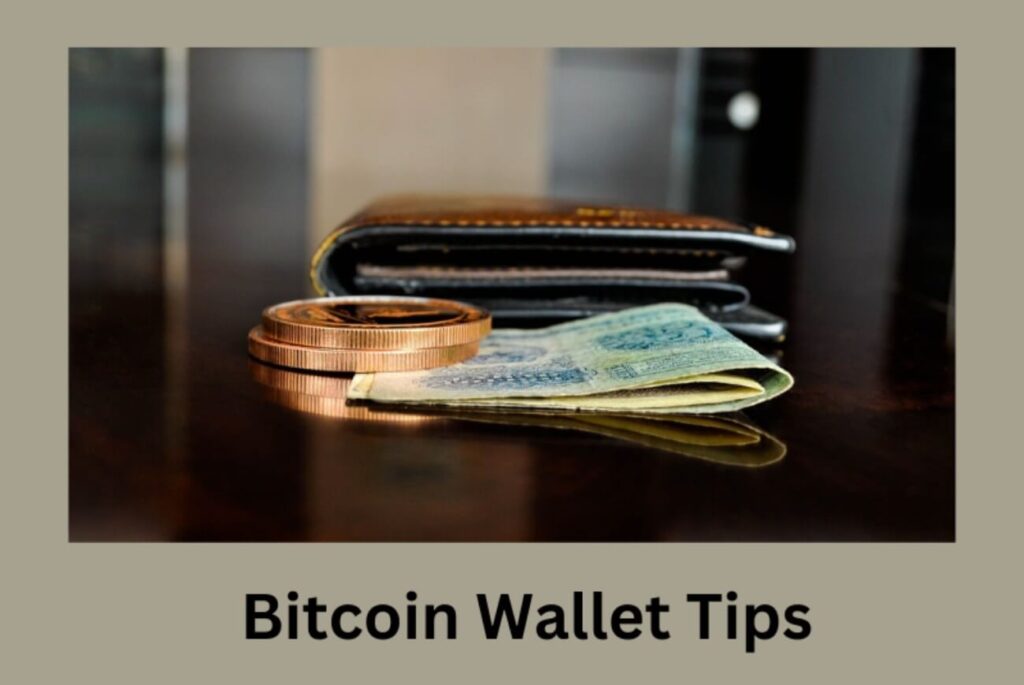Introduction
You can potentially be a victim of a crypto scam if you surf the internet, it is so rampant that even the best of us can be taken unawares. How vulnerable you are to crypto scams is positively correlated to your depth of knowledge and your practice of healthy online habits. You are always at risk and you should be conscious of the fact that you can become a victim of a scam. A common type of crypto scam is Crypto Phishing Scam or attacks.
What is cryptocurrency phishing?
Cryptocurrency Phishing is a fraudulent message that is sent to you from a hacker, disguised as being from a legitimate source. Its basic purpose is to trick, encourage, or coerce you (the victim) into revealing sensitive information such as passwords, private keys to your wallet, etc. The ultimate goal of cryptocurrency phishing is to steal your crypto asset.
Also, such messages can compromise the security of your device and make them vulnerable to hacks. The fraudulent sender can harvest your data including your wallet’s private keys and passwords.
Example of a Crypto Phishing Scam
An example of this can be seen below. It is a message I got from some unknown source, promising some outrageous amount in Bitcoin. The goal was to lure me to click on the link in the mail or to download some App.

What Could Go Wrong If I Click On The Message?
As with all Phishing messages, the goal is to obtain any sensitive information that can be used to steal my funds. There are usually two options deployed by the intruder.
First, they may ask me directly to fill in my details in a form or site provided in the link. And when I do, they will use those data to log in to a legitimate website to steal funds. The sensitive information could be things like my usernames, passwords, private keys, emails, etc.
Secondly, clicking on the links can result in my downloading malware on my device, which may compromise the wallets that are on my device. Malware can be running in the background and can even steal the private keys of crypto wallets. Pennywise Malware for example steals the private keys of many popular wallets.
How To Spot a Crypto Phishing Scam and Email
Here is another Phishing email. This time, the attacker is trying to coerce me into clicking on the link. It is disguised as a message from Meta Mask – a legitimate crypto wallet provider.

The details of the message were as follows
Due to high demand on our network, multiple wallets have failed to complete the latest Blockchain update.
It is important to upgrade your wallet by Februαry 20 to ensure the security αnd accessibility to your αssets.
What will happen if I don’t complete the updαte?
If you don’t complete the updαte by Februαry 20 you may lose αccess to our service αnd your αssets.A private email
Notice that the sender’s address is admin@vigaro.com and is claiming to be from Metamask. That is an obvious red flag. Also, vigaro.com – the root website of the scam message turned out to be a beauty salon. Sometimes, all it takes to identify a phishing message is simply to take a glance at the attacker’s email. Another common red flag is the use of Gmail by the attacker. Find out how you can identify Phishing mail here HOW TO SPOT A PHISHING ATTACK.
What You Can Do To Protect Your Funds
There are a couple of things that can help keep you safe from Phishing messages. The following are some helpful suggestions
1. You must learn to identify them and take the necessary precautions
2. You should never click on links unless you can verify that it is from a legitimate sender. This also applies to downloading Apps on your device. Only download Apps from verified sources.
3. Ignore or delete all unsolicited messages that promise cash rewards or are asking for information.
4. Make sure you update the security of your device as soon as they expire. In addition, you may need to install anti-malware protection.
5. Never make transactions to unverified recipients
Conclusions
Be on the lookout for crypto phishing scams and messages. They can help hackers steal your funds. It is one of the downsides of the crypto industry. Stay vigilant, learn to identify fraudulent messages, and protect yourself. NEVER CLICK on links from unverified sources as they have the potential to lure you into releasing sensitive data or worse, can make your device vulnerable to hacks. Keep safe.



